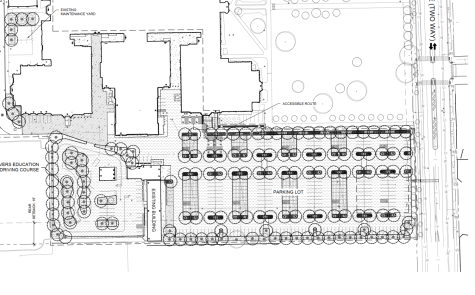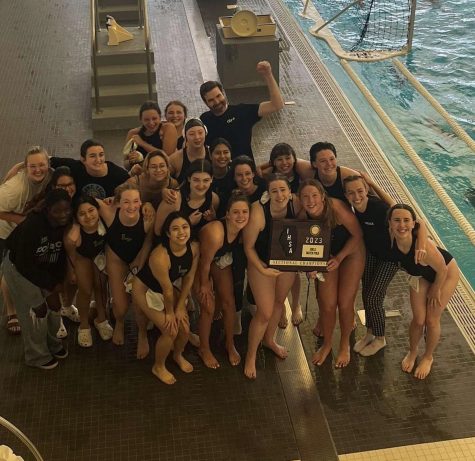Khan Academy practice made mandatory to promote SAT growth
February 14, 2019
In an era so permeated with technology, the days in which students once pored over SAT prep books and spent hours reviewing stacks of paper flashcards may be starting to fade away.
Instead, a new online form of test prep is on the horizon: Khan Academy.
According to Khan Academy’s official website, “Khan Academy offers practice exercises, instructional videos, and a personalized learning dashboard that empower learners to study at their own pace in and outside of the classroom.”
This school year, CPS mandated that all 9th, 10th and 11th grade students must complete 20 hours or more of Khan Academy practice by the time they take the PSAT or SAT test in April, said Literary Development head Ms. Vale.
CPS instituted Khan Academy as a districtwide requirement this year after it was piloted the preceding year at several different high schools, according to Vale.
In those schools, students who utilized Khan Academy for over 20 hours increased their score by an average of 115 points or more on the SAT exam.
Thus, it became an additional requirement this year for Lane teachers to assign seven hours of work on Khan Academy as homework assignments to fulfill the CPS requirement.
“Every teacher who teaches something that is directly related to the SAT at Lane is required to assign seven hours of work on Khan Academy. This is so that students will have about 24 hours or more by the end of the school year,” Vale said. “So every math, science, English and social science teacher should have talked to their students about signing up for Khan Academy and using this tool to promote their growth in the areas that the SAT and PSAT tests.”
Khan Academy can be linked to a student’s PSAT score, allowing one to access customized curriculum and practice the skills they most need to improve upon prior to the SAT, said Ms. Hollingshead, who teaches chemistry and physics.
Hollingshead explained that because of this factor, she believes the Khan Academy practice is worth students’ while.
“[The lessons] are 100 percent tailored to the questions that the student got wrong,” Hollingshead said. “The options are this or an SAT booklet where you have to decide, and who knows what you need to work on?”
While most teachers solely assign SAT prep on Khan Academy, some use it as an additional learning tool to reinforce classroom material at home.
Ms. Atwood, who teaches AP Calculus as well as geometry, originally started with textbook work and occasionally used Albert.io, another online learning platform, but said she found a good match for her needs with Khan Academy.
“I started digging deep into all of the AP Calc stuff, and long story short, Khan Academy completely aligned with the College Board and aligned with all the standards for AP Calc,” Atwood said. “I was like, ‘This is amazing. It’s so user-friendly. I can assign it seamlessly and it’s synced with Google Classroom, so this just seems like a no-brainer.’”
Andrew Herman, Div. 055, has been assigned practice problems for his physics class. Though the practice is designed for the SAT, he explained that the daily practice has also enhanced his test-taking skills for the ACT.
“It would help for being able to do questions quicker, but you wouldn’t have more skills,” Herman said. “Most of the Khan Academy practice is stuff you already know. It’s just practicing to get it quicker.”
Due to the online accessibility of Khan Academy, it has become easier than ever for students to practice and do their homework on the go.
“I feel like some students are on their phones all the time, and if a student really plans this out, they can do a little bit every day,” Hollingshead said. “I think if this was assigned 10 years ago, when Internet wasn’t accessible, and everyone wasn’t on a phone, this would be unreasonable. But, since you have access to Khan Academy 24 hours a day, this shouldn’t add too much on your workload.”












